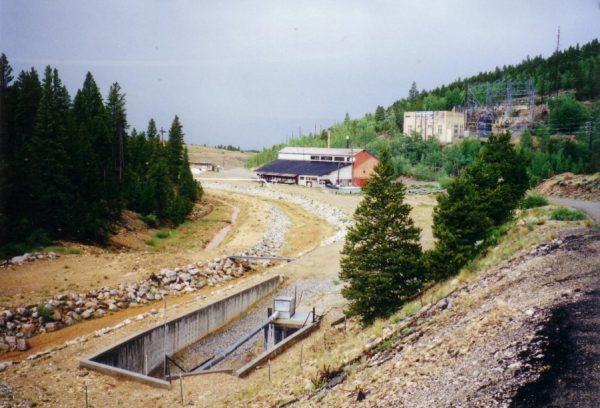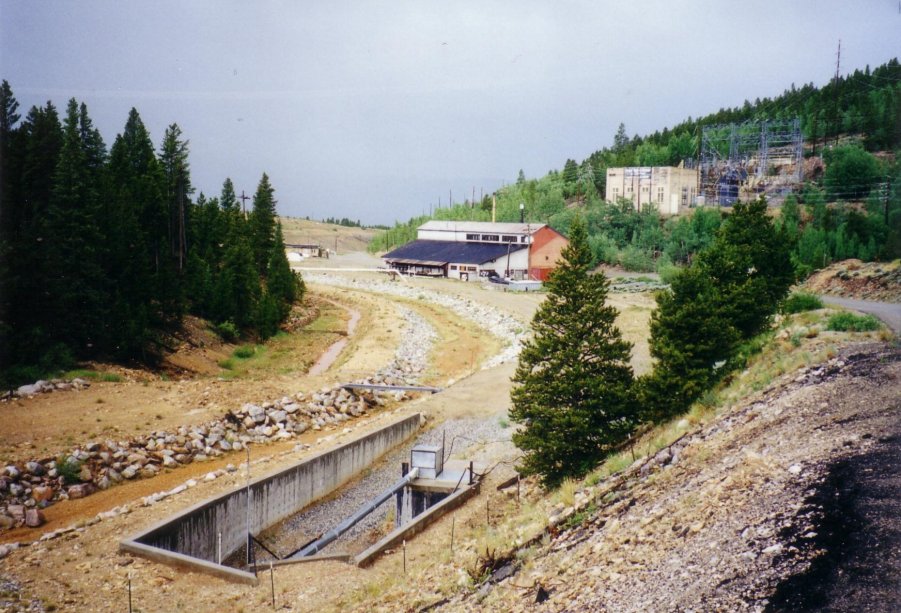By Christopher Kolomitz
When the Gold King Mine blew out in southwestern Colorado above Silverton in early August, it sent millions of gallons of toxic sludge into the Animas River, turning the popular river orange and prompting closure of the waterway.
The blowout reminded Central Colorado residents of two eerily similar incidents that fouled the Arkansas River in 1983 and 1985. The toxic discharges on the local river occurred in a period of time when the Environmental Protection Agency was beginning Superfund clean-up of old mines around Leadville. The culprit of both discharges was the Yak Tunnel, which was one of three constructed to drain mines in the district.
Leading up to Superfund designation, the years of inaction were becoming a public health emergency. Drainage ditches in Leadville neighborhoods were turned orange or red because of the heavy metals coming from the historical mines. Annual discharge from the Yak Tunnel was pumping 210 tons of heavy metals into California Gulch, which was then reaching the river, according to the EPA.

A few days after the incident, the river through Salida was running clear but state wildlife officials were worried about the impact upon the brown trout spawn, and they estimated up to half of the eggs may have been lost, the local paper reported. Subsequent research found that high levels of cadmium prevented fish from living more than three or four years, wildlife officials said.
Threat of another catastrophic discharge surfaced once again in February 2008, when alarm was raised over the potential blowout of the Leadville Mine Drainage Tunnel. Tunnel collapses and blockages had created a potentially dangerous situation for an uncontrolled surge. In response the EPA drilled a relief well, which worked to reduce the danger.
Twelve specific cleanup units were identified as part of the Superfund designation and to date, seven have been wrapped up to a point where regulators are calling them deleted from the operational plan. Examples of the process include construction of water diversion channels and settling ponds to prevent heavy metals from reaching surface water, and consolidation of smelter waste and mine tailings which were then covered with clean soil.
At the Yak Tunnel, a water treatment plant has been credited with dramatically improving water conditions in the Arkansas River, and the overall cleanup has been hailed as a success, although the EPA has ruffled some local feathers. The river now supports a vibrant, healthy fishery with greater public access, and the residents of Leadville and downstream are living around less toxicity.
While the discharges in 1983 and 1985 weren’t the direct cause of the EPA Superfund designation, they ultimately helped draw serious attention to the problem and may have sped up the work. And for the residents around Silverton, Durango and along the Animas River, the blueprint for a successful remediation and restoration is already printed. – By Christopher Kolomitz
Christopher Kolomitz is a small business owner and freelance journalist living in Salida. He likes his river water clear, crisp and cold.



